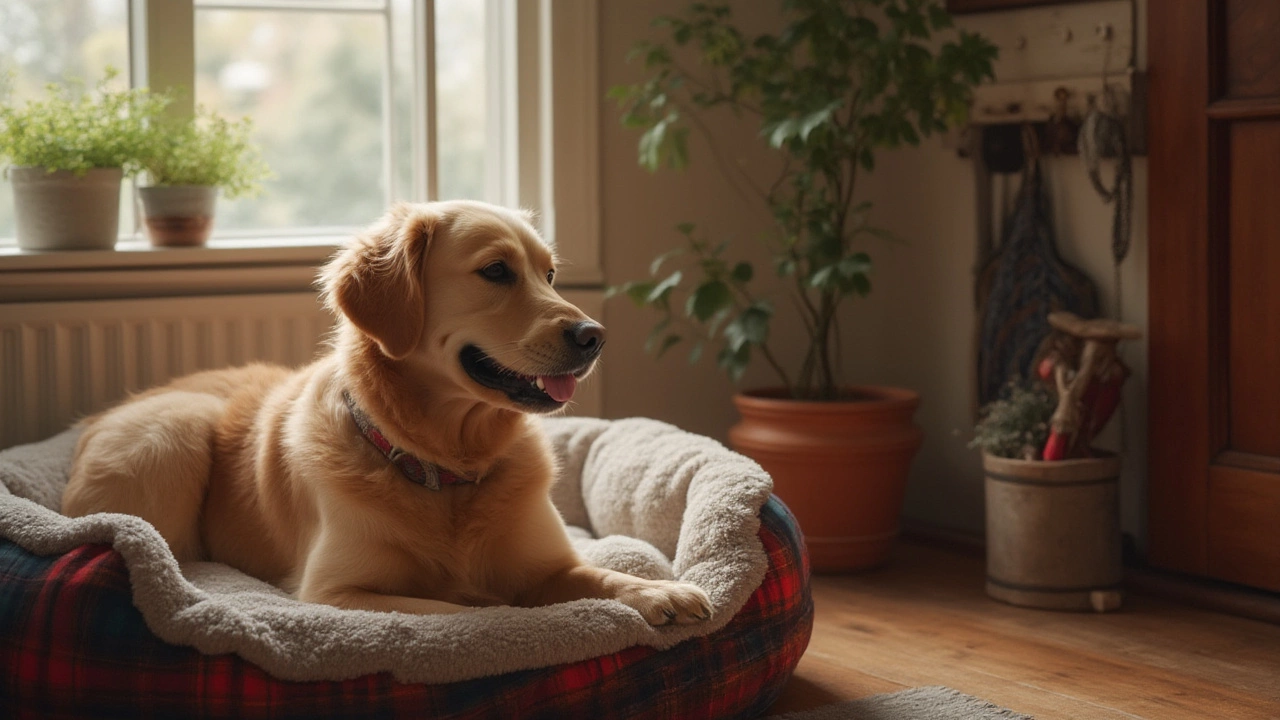Dog Collar Risks: What Happens When Your Pup Wears One Inside
Most dog owners think a collar is a must‑have all the time. After all, it holds ID tags and looks like a part of the outfit. But leaving that collar on while your dog is inside the house can cause more trouble than you realize. Below we’ll break down the real problems and give you simple fixes.
Why Collars Can Be Harmful Indoors
First, a collar can snag on furniture, doors, or even on the leash when you pull it out of the cupboard. A quick tug can pinch the neck, bruise the skin, or even cause a broken vertebra in small breeds. Those little bumps you sometimes see on the neck are often the result of a collar catching on something.
Second, a constant strap around the neck puts pressure on the trachea. Over time this can lead to breathing issues, especially in dogs that already have short noses or respiratory sensitivities. You might notice your dog coughing more during play or after a nap.
Third, collars can irritate the skin. If the material doesn’t breathe well, sweat and moisture build up, creating a perfect breeding ground for bacteria. That’s why you sometimes see red patches, itching, or a mild odor around the neck.
Lastly, a collar can become a safety hazard during emergencies. If you need to grab your dog quickly, a tangled collar makes the rescue slower. In a fire or a sudden loud noise, that extra second can matter.
Safer Ways to Identify and Secure Your Dog
One easy fix is to use a detachable ID tag that clips onto a harness instead of a collar. A well‑fitted harness spreads pressure across the chest, keeping the neck free. Look for a harness with a quick‑release buckle so you can slip it on and off in seconds.
If you must keep a collar on for short trips, choose a soft, padded one made from breathable fabrics like nylon or neoprene. Check it daily for signs of wear, and make sure it’s loose enough to fit two fingers under the strap.
Another tip: create a “no‑collar zone” inside the house. When you bring your dog in, swap the collar for a lightweight bandana or a temporary tag that snaps onto the harness. This habit trains your dog to feel comfortable without a collar at home.
Finally, keep an eye on the neck area. Regularly brush or wipe it with a damp cloth to remove dirt and moisture. If you spot redness or a rash, give the area a break from the collar for a few days and consult your vet if it doesn’t improve.
By understanding these hidden risks and swapping to a harness‑based system, you protect your dog’s neck, skin, and overall wellbeing. It’s a tiny change that makes a big difference in everyday comfort and safety.
Posted By Bryndle Redding On 26 Jul 2025 Comments (0)
Should Dogs Wear Collars All The Time? Vet-Backed Advice On 24-7 Dog Collars
Explore if dogs should wear collars 24-7. Get the facts, vet-backed tips, and firsthand advice to keep your dog safe, comfortable, and happy.
READ MORE